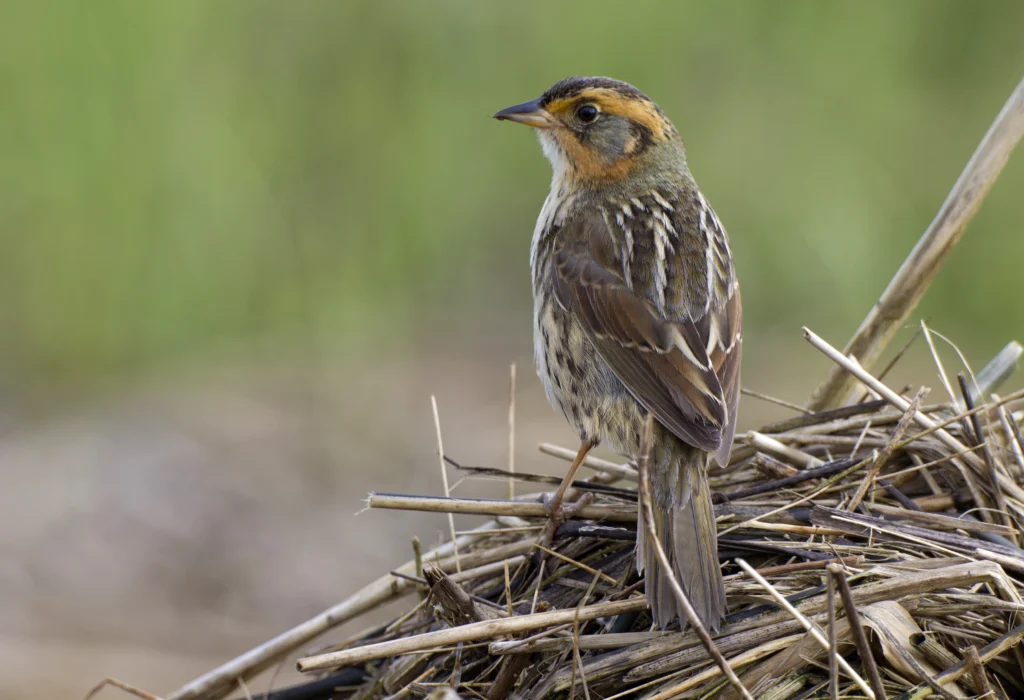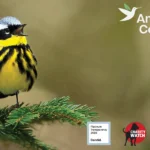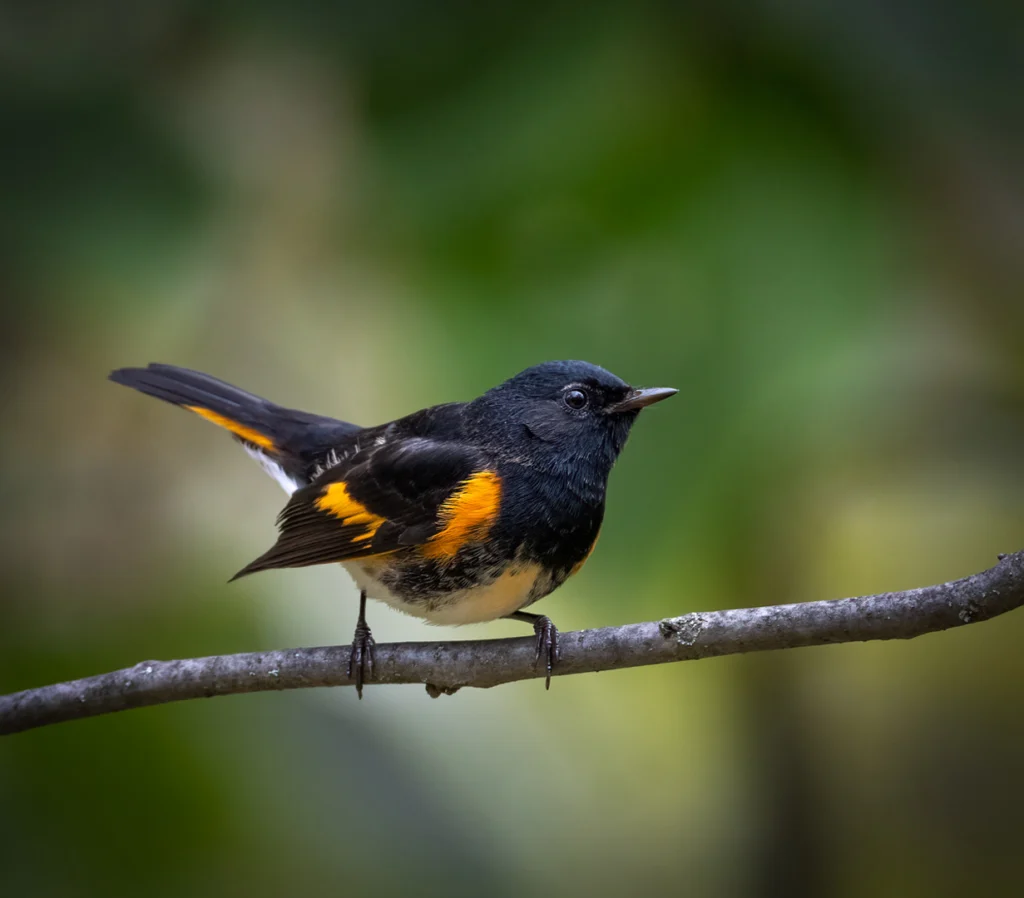The Florida Scrub-Jay is classified as a Red Watch List species by Partners in Flight in its ranking of species of conservation concern. It is extremely vulnerable because of its small population and range, the high degree of threats it faces, and declines across its range. Partners in Flight’s Watch List system uses a suite of vulnerability factors to score species and proactively put those facing the toughest challenges at the top of the list for conservation prioritization: the Red Watch List.
No analogous list ranking habitat vulnerability existed, but ABC President Michael J. Parr and Senior Conservation Scientist David Wiedenfeld had long discussed the need for such a tool, one that is informed by — and, in turn, can inform — bird conservation. What was missing, they thought, was a watch list for where a bird lives that would present a species in the broader context of its habitat and ecosystem.
“Habitat is the foundation of bird conservation — no bird can survive without the right amount of the right kind of habitat, and habitat degradation is a leading driver of the massive species declines we have seen in recent decades,” said Parr. “We saw a need for a system that could tell us which habitats the most endangered birds are using and understand what threats those places and birds are up against.”
In a moment of serendipity, Parr and Wiedenfeld realized that their model for thinking about habitats through the lens of birds, in addition to commonly considered factors like vegetation, was also taking form elsewhere. Ecologist and nature guide Iain Campbell was at work on a book, Habitats of North America: A Field Guide for Birders, Naturalists and Ecologists, that did just that. This guide was designed to make habitats very understandable for the general public, with evocative descriptions, numerous illustrations, silhouettes, and photos of the wildlife that live there. The habitat classifications Campbell and coauthor Philip Chaon identified evolved parallel to and eventually harmonized with Parr and Wiedenfeld’s efforts to evaluate and rank habitats by the threats they face and their importance for birds.
Their work culminated in the release of the Habitats WatchList (officially the WatchList of Terrestrial and Freshwater Bird Habitats of the U.S. and Canada) that launched on ABC’s website. The WatchList and an accompanying map tool empower users — from biologists to backyard birders — to learn about the habitats around them and the threats they face.
“In order to identify which habitats are most threatened, we needed to identify the main drivers of habitat loss, and a way to show which habitats were being impacted most by those drivers,” said Wiedenfeld. “We’ve developed a scoring system designed to capture that information.”












